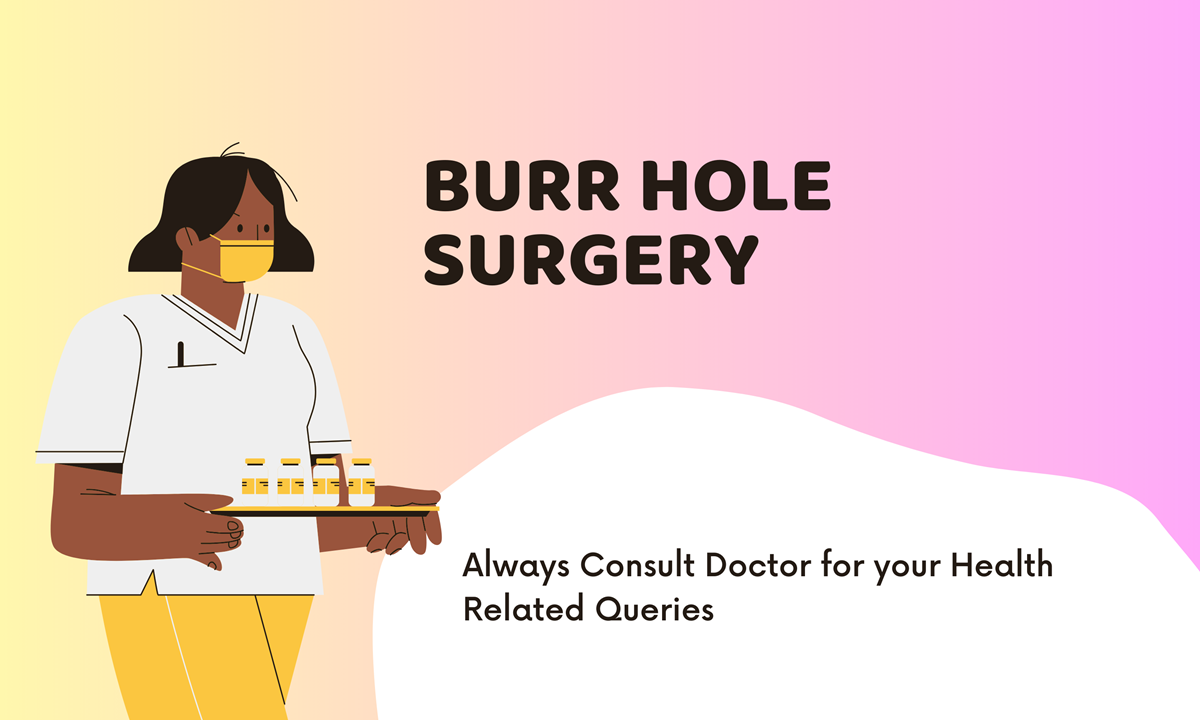Burr hole surgery, a minimally invasive surgical procedure where small holes are drilled into the skull to relieve pressure, drain fluid, or treat certain brain conditions, is often used for conditions like chronic subdural hematoma, hydrocephalus, and brain abscesses. The success rate of burr hole surgery can vary depending on the specific condition being treated, the patient’s overall health, and the surgical technique used.
- Success Rate:
- The success rate of burr hole surgery for treating chronic subdural hematomas is generally high, often reported to be between 80% to 90%.
- For other conditions like hydrocephalus (when used for shunt placement or endoscopic third ventriculostomy) or brain abscesses, the success rates can vary but are generally favorable.
- Factors Affecting Success Rate:
- Condition Being Treated: The nature and severity of the brain condition being treated significantly affect the surgery’s success.
- Patient Factors: Age, overall health, and the presence of comorbid conditions can impact outcomes. For example, older patients or those with other health issues may have a higher risk of complications.
- Surgical Technique and Experience: The surgeon’s expertise and the specific technique used can influence the success of the procedure.
- Risks and Complications:
- Potential risks include infection, bleeding, brain damage, and the risk of recurrence in conditions like subdural hematoma.
- For procedures involving shunt placement, there is a risk of shunt malfunction or blockage.
- Recovery and Rehabilitation:
- Recovery time varies depending on the underlying condition and the patient’s overall health. Many patients experience a rapid improvement in symptoms following the surgery.
- Some conditions, like chronic subdural hematoma, may require careful monitoring for recurrence.
- Long-Term Outcomes:
- In the long term, burr hole surgery can effectively resolve the condition it was intended to treat, particularly in cases of subdural hematoma and abscess drainage.
- Ongoing medical management may be necessary for conditions like hydrocephalus.
- Patient Satisfaction:
- Patient satisfaction with burr hole surgery tends to be high, especially when it leads to significant symptom relief and improvement in quality of life.
Patients considering burr hole surgery should have a thorough discussion with their neurosurgeon to understand the potential risks, benefits, and expected outcomes based on their specific condition and overall health. It’s important to have realistic expectations and to understand the potential need for follow-up care or additional treatments, depending on the nature of the brain condition being treated.

